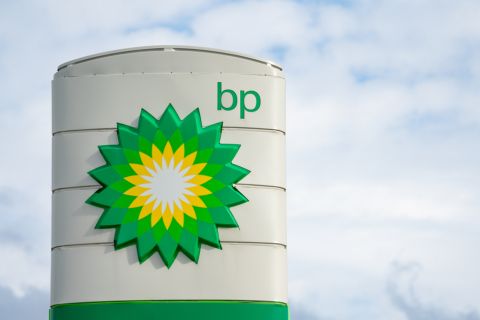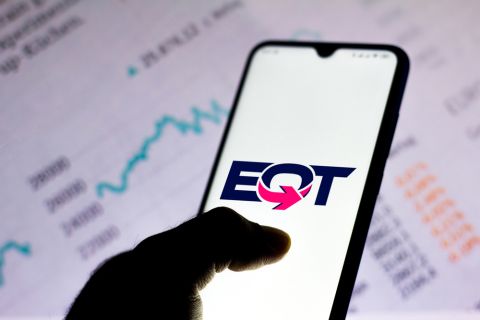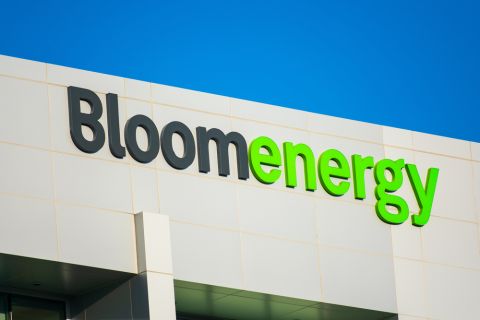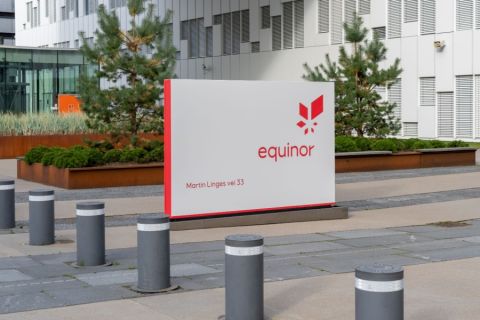by Mike Hoff
Hewlett Packard is one of the largest technology companies in the world, with $91.7 billion (US) in revenue in 2006. Primarily known for producing computers, printers, and associated services, it’s easy to overlook their humble beginnings in a California garage in 1939. They initially created products for a wide range of industries, including scientific research, telecommunications, electronics, and agriculture. Although HP still serves these markets, their decision to produce calculators in 1972, and inkjet printers in 1984, would herald a new era of unprecedented growth outside their core competencies. Sensing that the market for scientific devices was limited, especially compared to the office automation needs of business (and home), they abandoned their foundations and successfully realigned their business to Plan B.
Where is Big Oil’s Plan B?
It seems ludicrous to imagine a stockholder raising his/her hand at the annual meeting to ask what a petroleum company plans to be doing 40-50 years from now. In that time demands change, markets change, countries change – the entire planet will be different. But with some predicting petroleum reserves to end in 2050, the oil and gas business has known for years that it has an expiry date. The question is, what are companies doing now to ensure the health of their operations later, when, frankly, there is no more oil?
When Americans were wildcatting in the south, Russians freezing across Siberia, and the Middle East finding the black stuff oozing out of the ground, the idea that the world would run out of petroleum seemed absurd. Even as demand increased around the planet and cartels were able to set prices, the idea that we would hit Peak Oil (when global production begins a long decline) in our lifetimes was unlikely.
Not anymore. Oil and gas demand has grown wildly in the new century, especially in Second World nations, and replacement by renewable resources has lagged. Not only has a trillion dollar industry developed in the last century – an industry some historians believe set the entire socio and economic state of the planet – but an complete infrastructure, environment, and trading system to go with it.
The problem is not that an industry that didn’t exist in the 1800s has grown so large and dominant – most 21st century ones have – it’s that its termination date is in sight. And the effort to dismantle and replace the current system – financially, physically, culturally – has reached Herculean levels.
But back to the stock market floor: what are executives of multinational companies doing to ensure their viability in the looming, non-petroleum age? What diversification plans are being kicked about board-rooms, cooked in R&D labs, and test marketed to current customers to keep trucks rolling and companies in the black? Where are the signs that this massive industry will not shutter its doors after running out of product?
ExxonMobil’s slight investment (<1% of profits by some accounts) into other types of energy production has been ridiculed in Washington. Royal Dutch Shell ventured into nuclear power with Gulf Oil in the seventies, but recent plays into solar power and wind-farms unraveled in 2008. British Petroleum has become a top producer of photovoltaic panels through its acquisition of Lucas Energy Systems in 1980; but this move can be seen as a utility market play rather than a drastic reinvention, and their embrace of alternative fuels hasn’t stopped them being named one of world’s “ten worst corporations” in the world – again - by left-wing Mother Jones magazine.
But these efforts smack more of skunk-works and stargazing rather than the sharp turn to different products or services that’s needed by mid-century. There are few stories of petroleum companies abandoning diminishing markets as HP did in the 1900s – and there’s no shortage of new players to fill the short-term void, companies who are rarely engaged in actual exploration or extraction itself.
Environmental concerns aside, investors and consumers need to know what Big Oil is doing to keep them warm and happy. There may be more undiscovered Tupis out there; extraction and distribution technology is improving; and projects like the Albertan Oilsands will become more financially (and environmentally?) palatable as demand increases.
Perhaps Big Oil has large, viable plans to shift toward utilities, hydroelectricity, scientific exploration, aquaculture, even shipping. Maybe Plan B is filed away quietly in the towers of Texas, London, or The Hague, awaiting market stability, confident investors, and a favorable political climate.
But there is a finite amount of petroleum to be extracted from the planet, and the demand is insatiable. The companies that ply in the Oil Trade will sooner than later run out of inventory.
Then what?
Recommended Reading
BP Restructures, Reduces Executive Team to 10
2024-04-18 - BP said the organizational changes will reduce duplication and reporting line complexity.
Matador Resources Announces Quarterly Cash Dividend
2024-04-18 - Matador Resources’ dividend is payable on June 7 to shareholders of record by May 17.
EQT Declares Quarterly Dividend
2024-04-18 - EQT Corp.’s dividend is payable June 1 to shareholders of record by May 8.
Daniel Berenbaum Joins Bloom Energy as CFO
2024-04-17 - Berenbaum succeeds CFO Greg Cameron, who is staying with Bloom until mid-May to facilitate the transition.
Equinor Releases Overview of Share Buyback Program
2024-04-17 - Equinor said the maximum shares to be repurchased is 16.8 million, of which up to 7.4 million shares can be acquired until May 15 and up to 9.4 million shares until Jan. 15, 2025 — the program’s end date.





